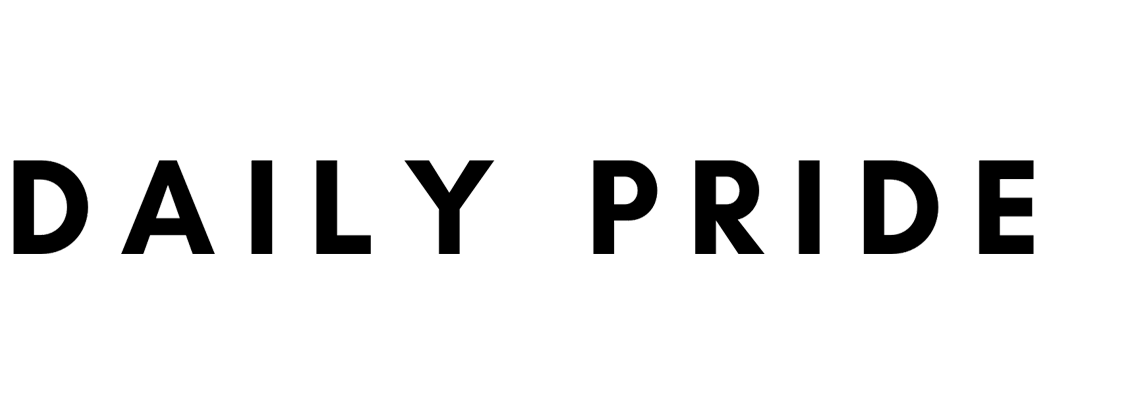LGBTQI ART-HISTORY
Pride Flags The rainbow flag has changed dramatically since its first hand-dyed creation by Gilbert Baker and his boyfriend Jomar Teng. The original version of the flag had eight colors, each of which stood for concepts including healing, sunlight, nature, and spirit. Since then, the now-common six color flag is only one of many variations, all of which symbolize the diversity and inclusiveness of the LGBT movement.
Pink Triangle Born out of the violence of the Nazi regime, the pink triangle is a reclaimed symbol of oppression now used to show LGBT pride and increase understanding. Gay prisoners in Nazi concentration camps were forced to wear the pink triangle to show that they were homosexuals, which meant that they often received worse treatment and as a result were less likely to survive the camps.
Early Greek Art The Ancient Greeks produced one of the earliest well-developed examples of gay art. Unlike in other ancient cultures, the Greeks considered free adult male sexual attraction to be both normal and natural. The Ancient Greeks even sanctioned relationships between teenage boys and older men as a rite of passage for males just entering puberty. These homoerotic relationships were the subject of elaborate Greek poetry and art.
Gay & Lesbian Pulp Art Lesbian pulp novels from the 50s and 60s featured lurid cover art, with colorful visual innuendo, knowing glances and lots of skin. Now coveted by collectors, these novels began as an affordable form of titillating popular art. In an era before the feminist and gay liberation movements, the sensationalized images on the books’ covers were often the only way for women to read about lesbianism.
Andy Warhol An iconic American pop artist, filmmaker, and graphic designer, Andy Warhol blurred the boundaries between art and advertising. Unapologetic about his homosexuality, Warhol often produced erotic photography and male nudes, and his work was heavily influenced by gay underground culture. Warhol’s images, from his Campbell’s soup cans to prints of celebrities including Marilyn Monroe, Elvis, and Elizabeth Taylor, are an astute comment on the materialism and glamor of the 60s and 70s.
Dyke Action Machine! (DAM!) is a two-person public art project founded in 1991 by artist Carrie Moyer and photographer Sue Schaffner. Their many satirical lesbian propaganda campaigns have “dissected mainstream media by inserting lesbian images into recognizably commercial contexts, revealing how lesbians are and are not depicted in American popular culture. While questioning the basic assumption that one cannot be “present” in a capitalist society unless one exists as a consumer group, DAM!
Gran Fury was an activist art collective that formed in the late 1980s as an offshoot of ACT UP. Gran Fury’s primary objectives were to educate the public, provoke direct action and expose government and civil negligence in regard to the AIDS pandemic. Graphic campaigns, using commercial advertising techniques, targeted the streets rather than galleries and museums.
